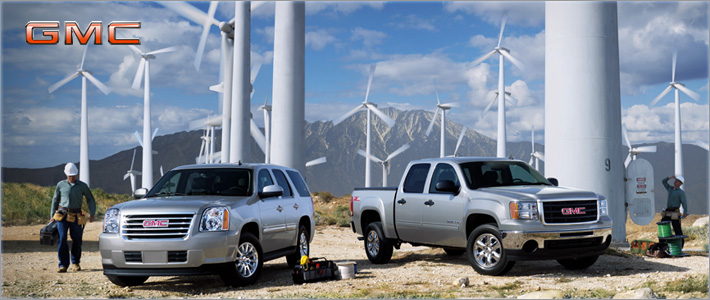
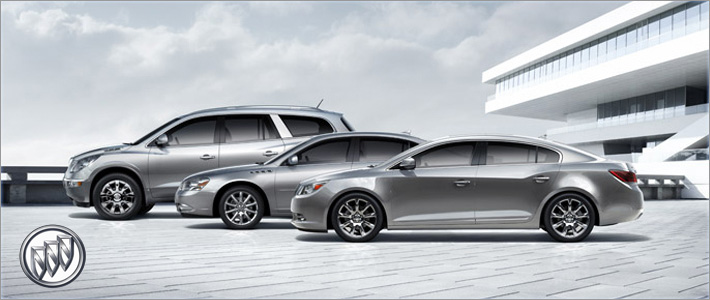
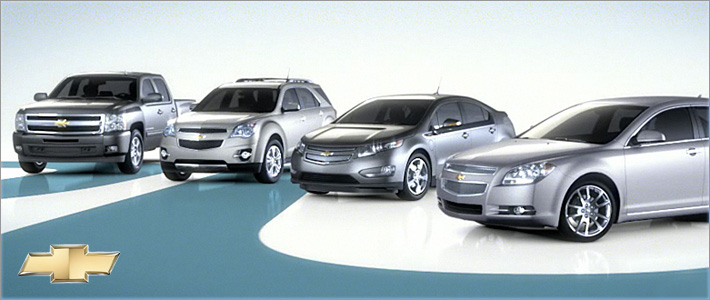
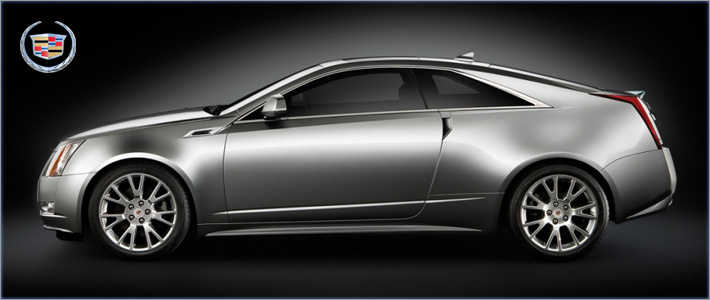
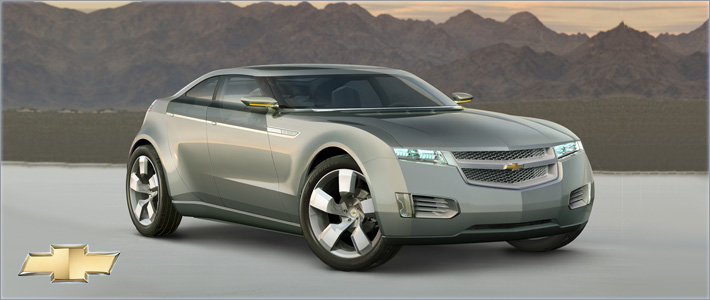
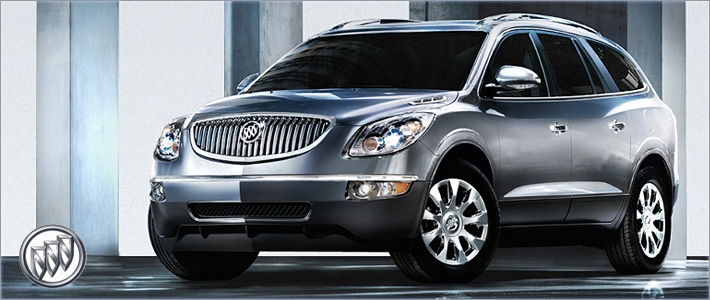
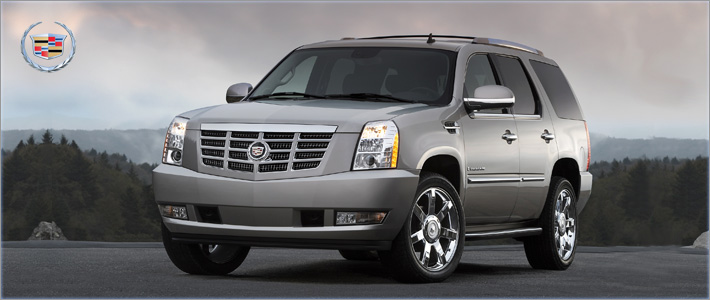
Buick Park Avenue - The Power of General Motors
 Park Avenue. Monopoly buffs and New Yorkers hold that name dear. And so do those whose automotive tastes run toward old-school American luxury, the kind that's reflected in the Buick Park Avenue. To these folks, soft, pillowed seats, smooth and quiet powertrains and a ride quality that shields occupants from the nasty noises and jolts of the outside world are of paramount importance. Originally introduced in the mid-1970s as a super-posh trim level for the Electra model, the early Park Avenue boasted velour upholstery so thick and soft you'd swear you were sitting on Queen Victoria's sofa. Other hallmarks of this 455-cubic-inch, V8-powered, disco-era bruiser included more faux wood trim for the cabin and more chrome trim for the body.
Park Avenue. Monopoly buffs and New Yorkers hold that name dear. And so do those whose automotive tastes run toward old-school American luxury, the kind that's reflected in the Buick Park Avenue. To these folks, soft, pillowed seats, smooth and quiet powertrains and a ride quality that shields occupants from the nasty noises and jolts of the outside world are of paramount importance. Originally introduced in the mid-1970s as a super-posh trim level for the Electra model, the early Park Avenue boasted velour upholstery so thick and soft you'd swear you were sitting on Queen Victoria's sofa. Other hallmarks of this 455-cubic-inch, V8-powered, disco-era bruiser included more faux wood trim for the cabin and more chrome trim for the body.
Downsized in 1977, the Electra Park Avenue was still a big car that could be powered by a large V8. A more serious downsizing program took place in the mid-'80s that saw the big Electra morph into a slimmed-down, squared-off sedan that was much shorter and lighter. The powertrain did an about-face as well, as the new Buick flagship adopted front-wheel drive and exclusively used fuel-efficient V6 power. The dawn of the 1990s saw the Buick Park Avenue transition from a trim level to its own model when it replaced the Electra. Slightly larger than the boxy '80s version, this Park Ave boasted an elegant, softly curvaceous body. An available supercharged V6 sated the appetites of those who longed for the thrust of the distant past, while luxury features such as dual-zone climate control kept the hedonists happy.
 For 1997, a more polished Park emerged and loyalists of the isolationist school of auto design were not disappointed, as the big Buick still prioritized a plush ride over precise handling. For the new millennium, however, Buick's managers decided a changing of the guard was required. The Park Avenue (and the LeSabre) was replaced by the Lucerne. The most recent Buick Park Avenue, produced for the 1997-2005 model years, served as the brand's flagship large sedan. This model's stiffer platform improved ride and handling characteristics and also minimized the chance of any squeaks and rattles as compared to the previous generation. Styling was evolutionary, with the same silhouette shaped with smoother body sides and crisp fender peaks. The cabin redesign included larger gauges and more easily used controls, though storage spaces were in short supply and the radio still had too many small buttons.
For 1997, a more polished Park emerged and loyalists of the isolationist school of auto design were not disappointed, as the big Buick still prioritized a plush ride over precise handling. For the new millennium, however, Buick's managers decided a changing of the guard was required. The Park Avenue (and the LeSabre) was replaced by the Lucerne. The most recent Buick Park Avenue, produced for the 1997-2005 model years, served as the brand's flagship large sedan. This model's stiffer platform improved ride and handling characteristics and also minimized the chance of any squeaks and rattles as compared to the previous generation. Styling was evolutionary, with the same silhouette shaped with smoother body sides and crisp fender peaks. The cabin redesign included larger gauges and more easily used controls, though storage spaces were in short supply and the radio still had too many small buttons.
Base and Ultra trims were offered, with the latter providing additional luxuries such as leather seating, a power passenger seat and an upgraded audio system. With the front bench seat, the Park Avenue could seat up to six passengers. Engine choices were a tried-and-true pair of 3.8-liter V6s. The standard Park Avenue came with the naturally aspirated version (205 horsepower), while the Ultra boasted the supercharged version (240 hp). Both models drove their front wheels through a four-speed automatic.
 In a review of the Buick Park Avenue Ultra, we lauded the car for its strong acceleration (zero to 60 mph in 7.6 seconds, surprisingly good steering and traditional ability to gobble up vast amounts of Interstate in supreme comfort). Noted downsides included disappointing interior build quality and mediocre braking performance. Some drivers will also find the car's ride quality to be overly floaty, especially if the car isn't equipped with the suspension-stiffening Grand Touring package.
In a review of the Buick Park Avenue Ultra, we lauded the car for its strong acceleration (zero to 60 mph in 7.6 seconds, surprisingly good steering and traditional ability to gobble up vast amounts of Interstate in supreme comfort). Noted downsides included disappointing interior build quality and mediocre braking performance. Some drivers will also find the car's ride quality to be overly floaty, especially if the car isn't equipped with the suspension-stiffening Grand Touring package.
Key Buick Park Avenue Accessories through the years include available OnStar communications in 1998, stability control (standard on Ultra) in 2000, available park assist in '01, and a new grille, 17-inch chrome wheels and the addition of fender "portholes" for the '03 Ultra. As a used car consideration, the Park Avenue fares respectably. Draws include relatively low pricing, a roomy interior, good engine performance and fuel economy, and the pride of owning something that truly fulfills the "rides like a Buick" cliche. Potential buyers might want to also check out the Toyota Avalon, as it provides very similar traits.